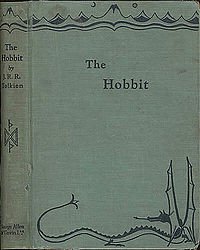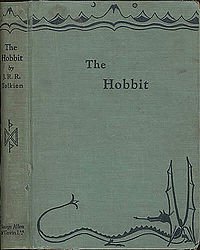If you ask people how they are doing these days, many respond with a one word answer: Busy.
They are running kids to and fro. They are swamped at work. They’re involved civically or with their church community.
Much of what they are doing is good: helping those around them, giving their kids rich experiences and volunteering in schools.
But the pace feels frenetic. Like Bilbo Baggins says in “The Lord of the Rings,” we all “feel thin, like butter spread over too much bread.” Most disconcerting, our full lives can sometimes lack meaning.
Part of that comes from the modern idea of what “rest” means. In his book “Rest: Why You Get More Done When You Work Less” by Alex Soojung-Kim Pang, he talks about how the modern (and erroneous) idea of rest is just the lack of work. It means bingeing on Netflix, scrolling through a social media feed or filling whatever space is left over once the to-do list has been exhausted.
But Pang argues that good work requires good rest. “Some of history’s most creative people … took rest very seriously. They found that in order to realize their ambitions, to do the kind of work they wanted to, they needed rest. The right kinds of rest would restore their energy while allowing their muse, that mysterious part of their minds, that helps drive the creative process, to keep going.”
So what are the right kinds of rest? Pang divides the book into two sections: Part one is the things we can do to stimulate creativity. This includes things like having a set morning routine, getting a decent amount of sleep and achieving four hours of solid work per day.
Naps
Winston Churchill famously took a daily nap, even during the height of World War II when he was underground in the war rooms and bombs were falling overhead. As Pang writes, “Churchill himself regarded his midday naps as essential for maintaining his mental balance, renewing his energy and reviving his spirits.”
Thomas Edison was also famous for his naps. His personal secretary, Alfred Tate, “called the catnap Edison’s ‘secret weapon’ and declared, ‘His genius for sleep equaled his genius for invention,’” Pang writes.
When I was growing up, my dad would come home from work and take a 30-minute nap. He has long espoused naps as his greatest creative time. I’m a big believer in the 20-minute nap to get me through the day. As a writer, I often find myself falling asleep midsentence. I used to berate myself for these lapses in energy. Now I just let them ride. I often wake from a midwriting nap refreshed and ready to tackle the page again. It also gives me enough energy to muscle through that last late-night hour as I usher teenagers off to bed.
Walking
In Henry David Thoreau’s essay, “Walking,” he writes, “I think that I cannot preserve my health and spirits, unless I spend four hours a day at least — and it is commonly more than that — sauntering through the woods and over the hills and fields, absolutely free from all worldly engagements.”
Many of the great writers, philosophers and leaders of the past recognized the power of walking to calm the mind while stimulating creativity. As Pang writes, Charles Dickens often walked 10 to 12 miles per day. Thomas Jefferson did something similar. Many modern-day writers take long afternoon walks once they’ve completed their day’s work.
But walking is more than just a luxury of the fiction writer. When our family visited Google headquarters this summer, we saw the many bikes and walking paths that allow employees to not only get from one building to another, but also hold walking meetings, which are popular in Silicon Valley.
Deep play
Part two of Pang’s book focuses on sustaining creativity. It includes recovery, exercise, sabbaticals and deep play.
As Pang defines it, deep play is essentially a well-rounded hobby that requires mental concentration. This could be anything from sailing and chess to mountain climbing or writing.
Years ago, when my husband and I toured Blenheim Palace in Oxfordshire, England, we were surprised to not only see the stately rooms in which Churchill grew up, but discover an exhibit of Churchill’s many paintings. As Pang writes in his book, painting was the famous statesman’s form of “deep play.” Not surprisingly, he tackled painting with the same dogged determination that defined his leadership.
“Painting ‘is like fighting a battle … or unfolding a long, sustained, interlocked argument,’” Pang quotes Churchill as writing. “In all battles two things are usually required of the Commander-in-Chief: to make a good plan for his army and, secondly, to keep a strong reserve. Both of these are also obligatory upon the painter.’”
J.R.R. Tolkien experimented with languages and myths for years, as a side-fascination, before penning his most well-known works. “‘The Hobbit’ and ‘Lord of the Rings’ are the result of decades of deep play with language, mythology and storytelling,” Pang writes.
It is easy to dismiss things like naps, walks and deep play as luxuries of a bygone era. Certainly, most of us don’t have Thoreau’s luxury of a four-hour daily walk. But I’ve seen firsthand the effects of inserting these rituals into my daily routine.
It takes practice to become good at resting. It is a skill, perhaps one that is essential in our modern era. It requires discipline to rewrite the calendar and shut out the pings and dings of a connected world. But if the upshot is a more creative, meaningful life, rest is a path worth pursuing.

